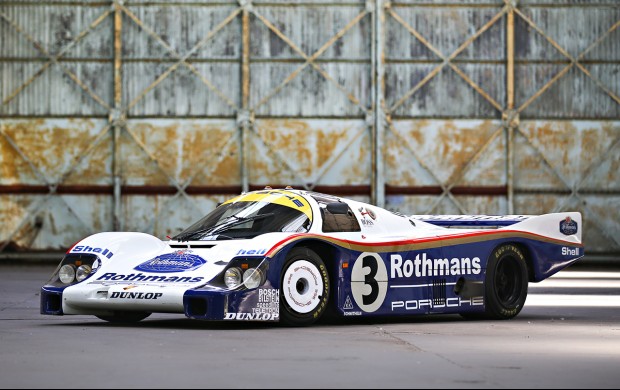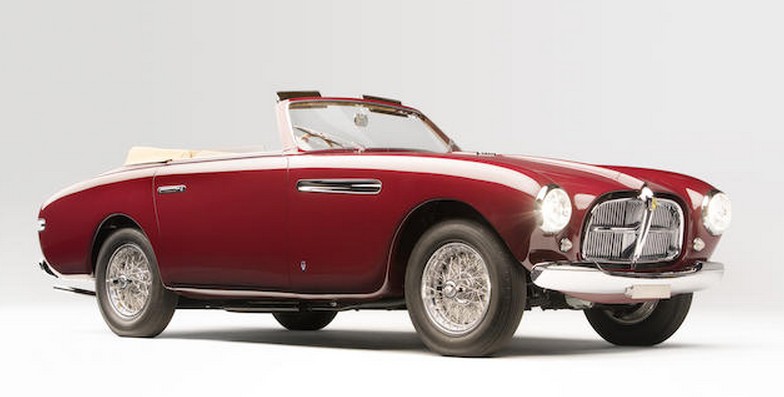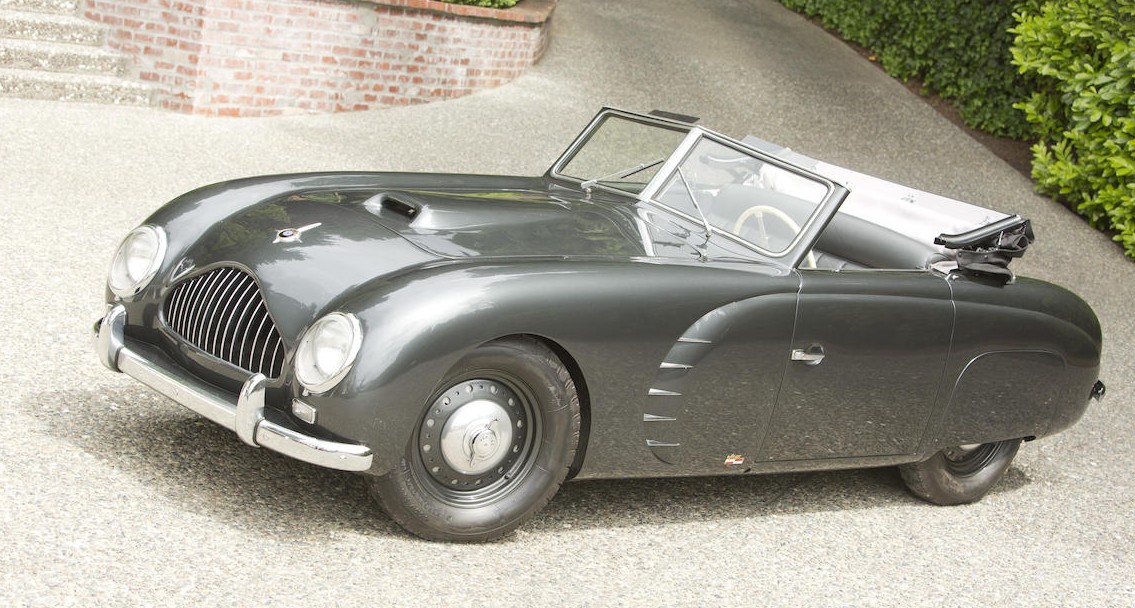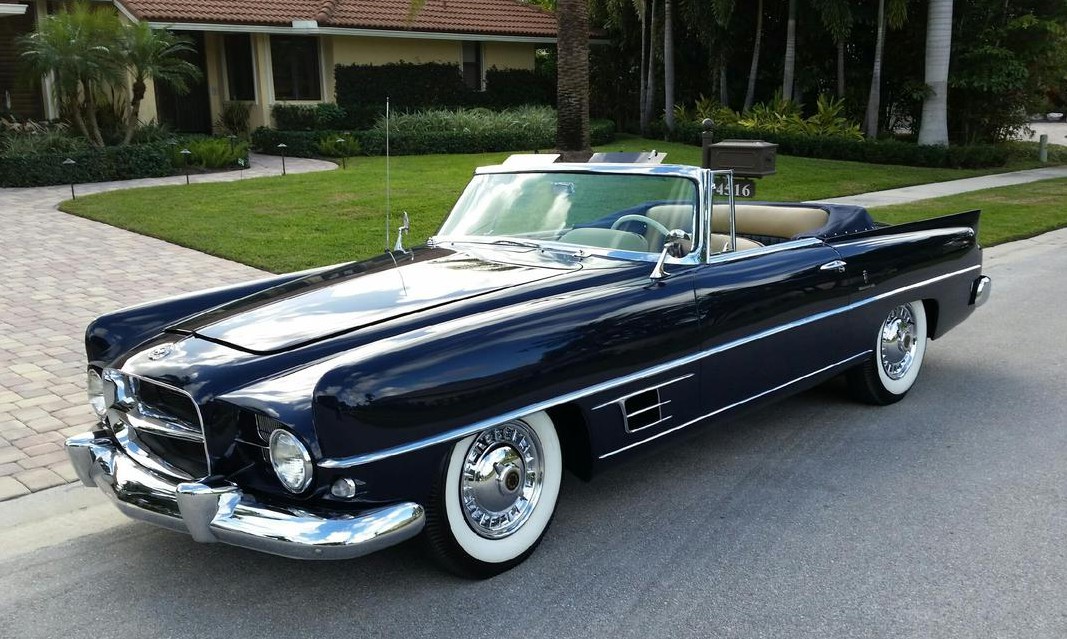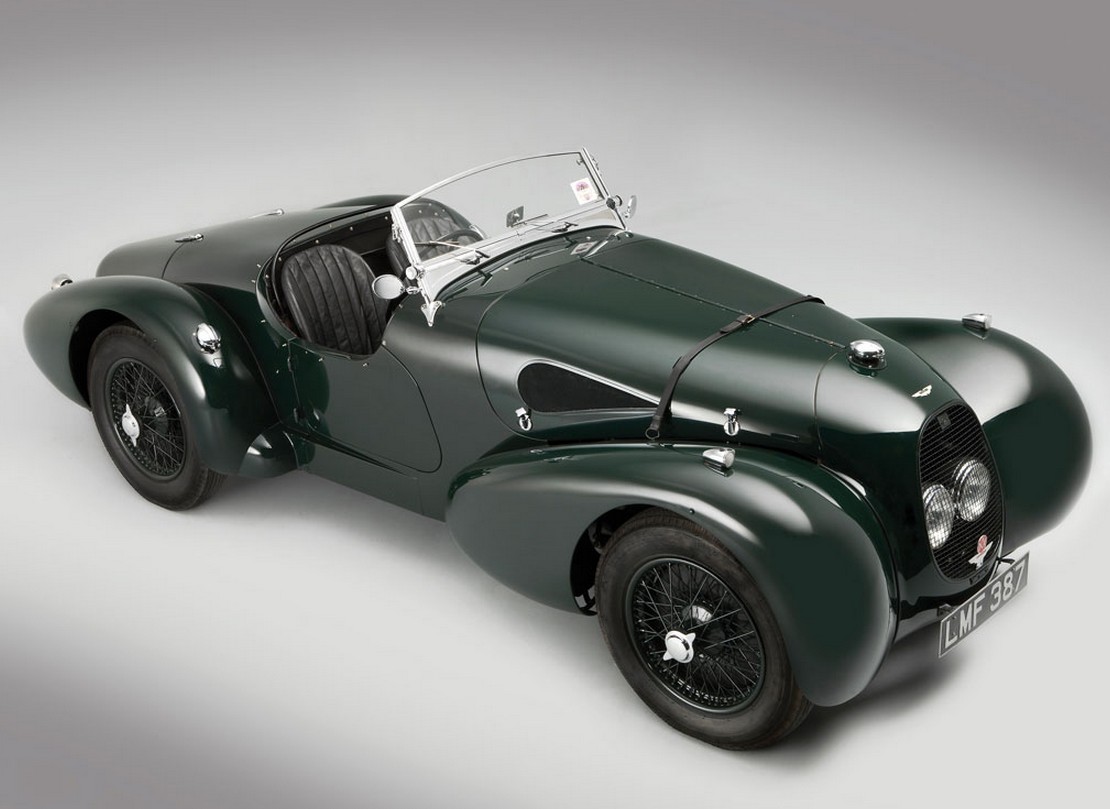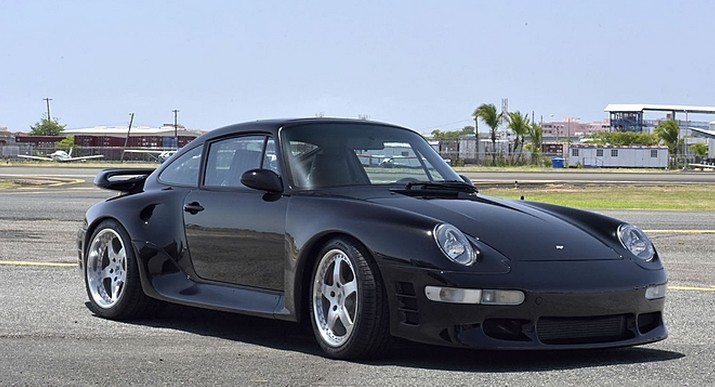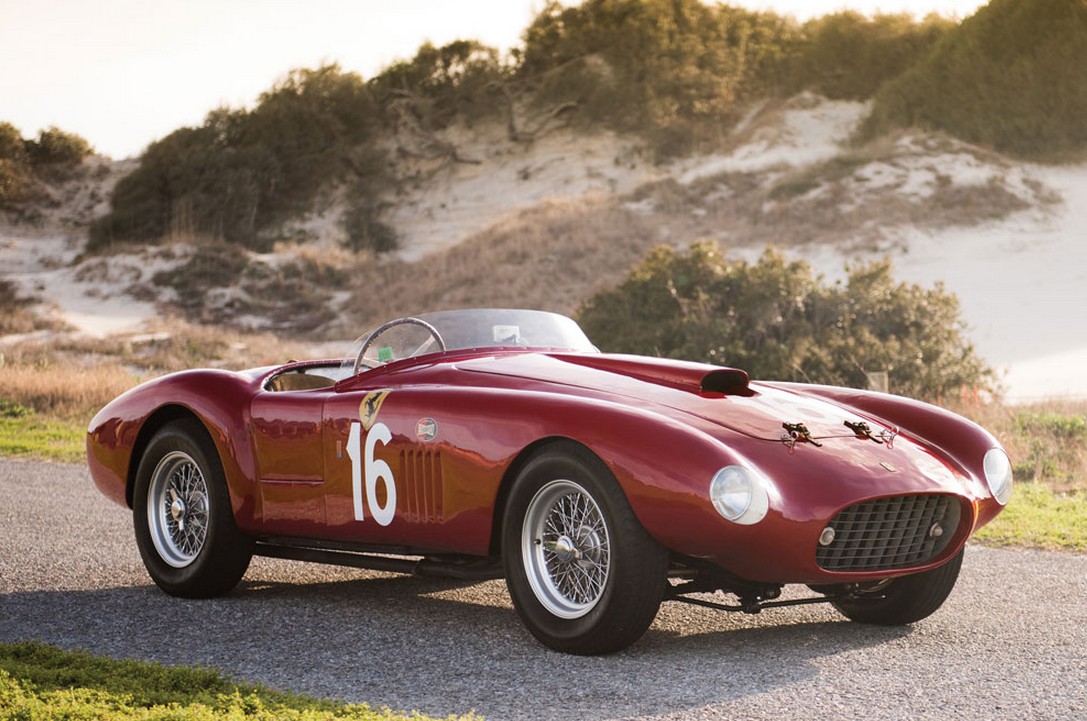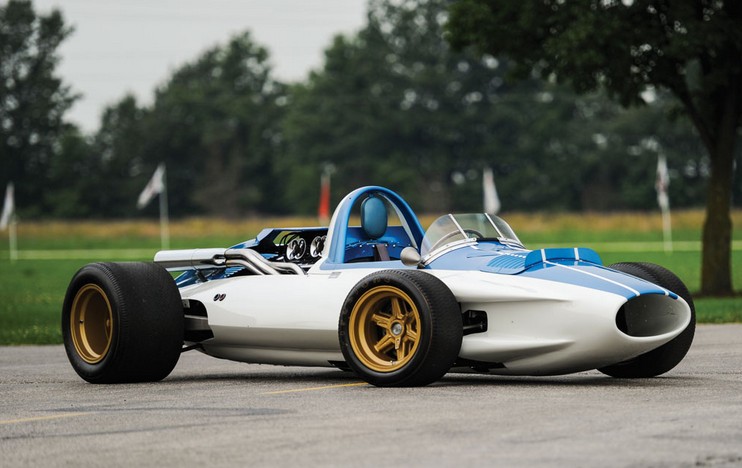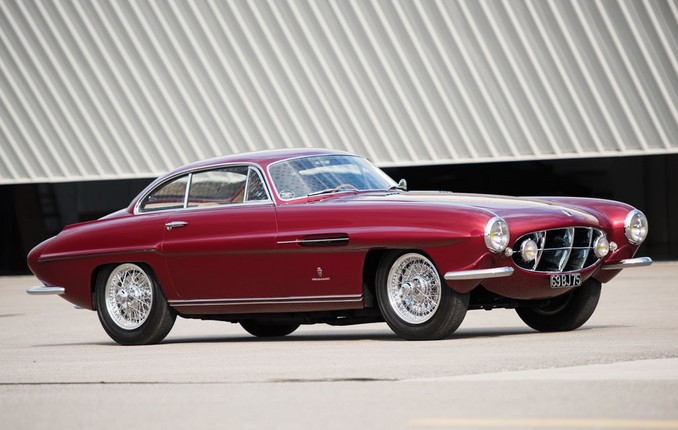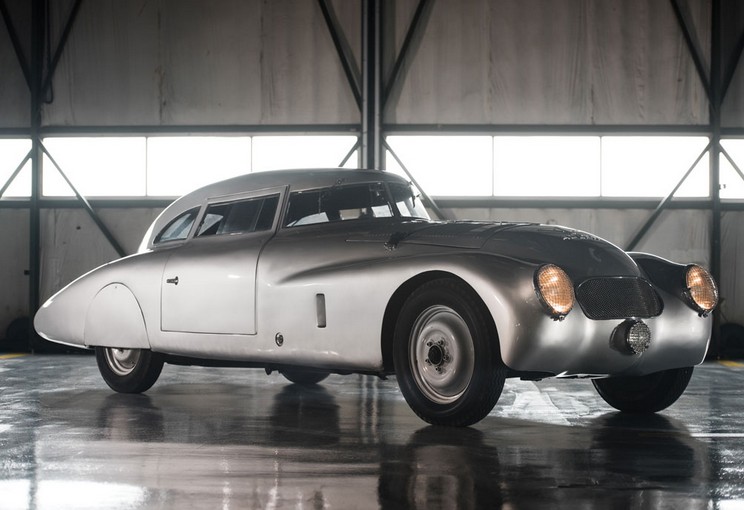1982 Porsche 956
Offered by Gooding & Company | Pebble Beach, California | August 15-16, 2015
Group C was new for 1982 and a whole new wave of closed coupe prototype race cars came flying out just about of all of the world’s major manufacturers. Porsche (and their 956 and 962 models) defined the Group C age with unrivaled success. The 956 was built between 1982 and 1984, with the 962 replacing it for 1985. They are different cars, but one could be forgiven for not being able to immediately differentiate between the two.
This car is powered by a 2.7-liter twin-turbo flat-6 making 630 horsepower. It is not a slow car. The 956 holds the lap record at the Nürburgring. This was one of 10 Porsche factory race cars and it’s competition history includes:
- 1982 24 Hours of Le Mans – 2nd (with Jochen Mass & Vern Schupppan)
- 1982 1000km Spa – 1st (with Jacky Ickx & Mass)
- 1983 24 Hours of Le Mans – 1st (with Al Holbert, Hurley Haywood, & Schuppan)
It was raced a few times after that and then Porsche sold it to Vern Schuppan who kept it until 1996. The new owner restored the car and it has led a privileged life since, having been kept mostly off the track and in the hands of a few other owners. Only 22 Porsche 956s were built and only 10 were lucky enough to be factory race cars. They do not come up for sale often, and this, a Le Mans winner, is one of the best. It should sell for between $7,000,000-$9,000,000. Click here for more info and here for more from this sale.
Update: Sold $10,120,000.

